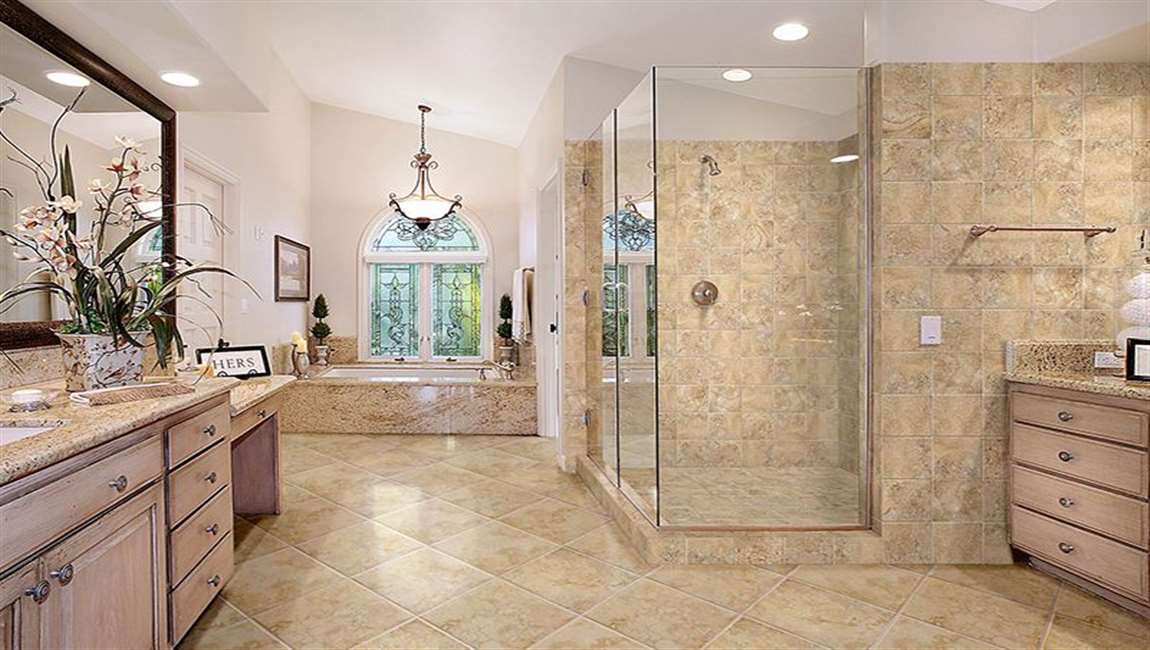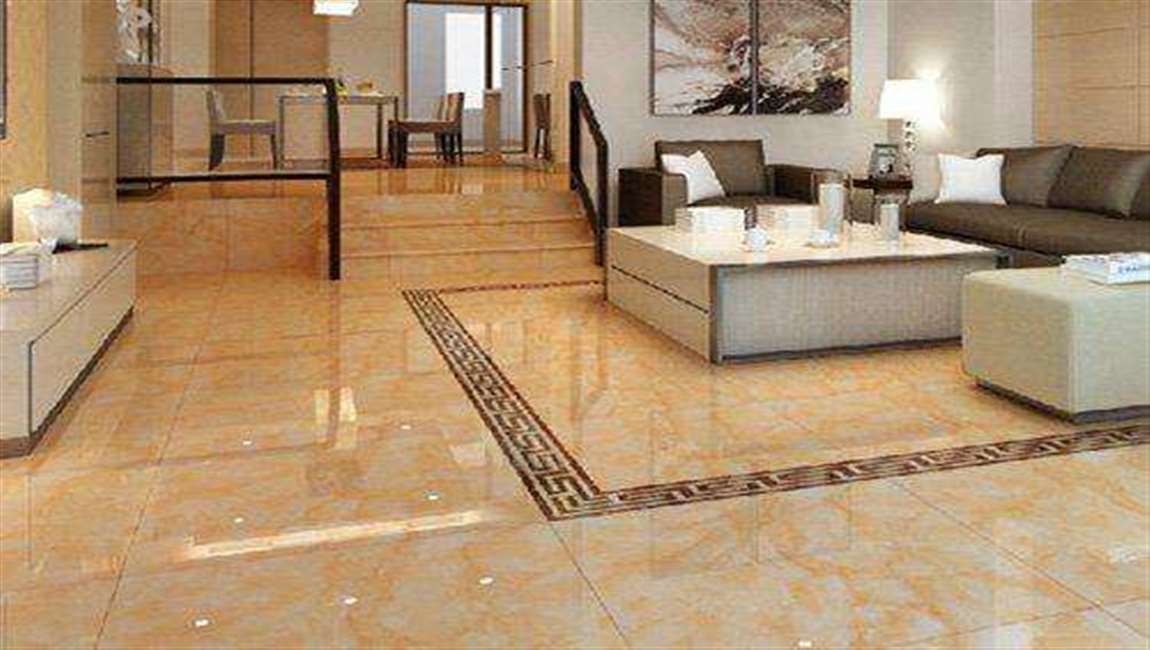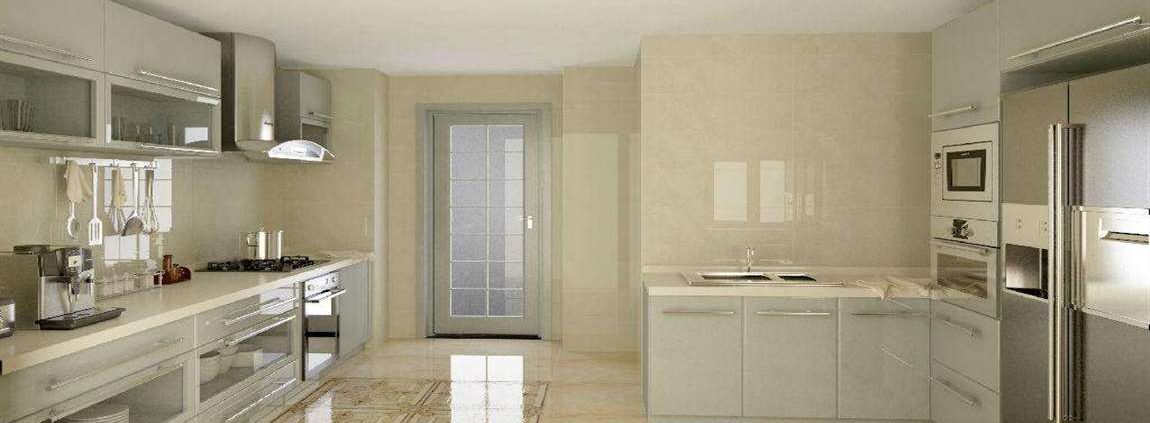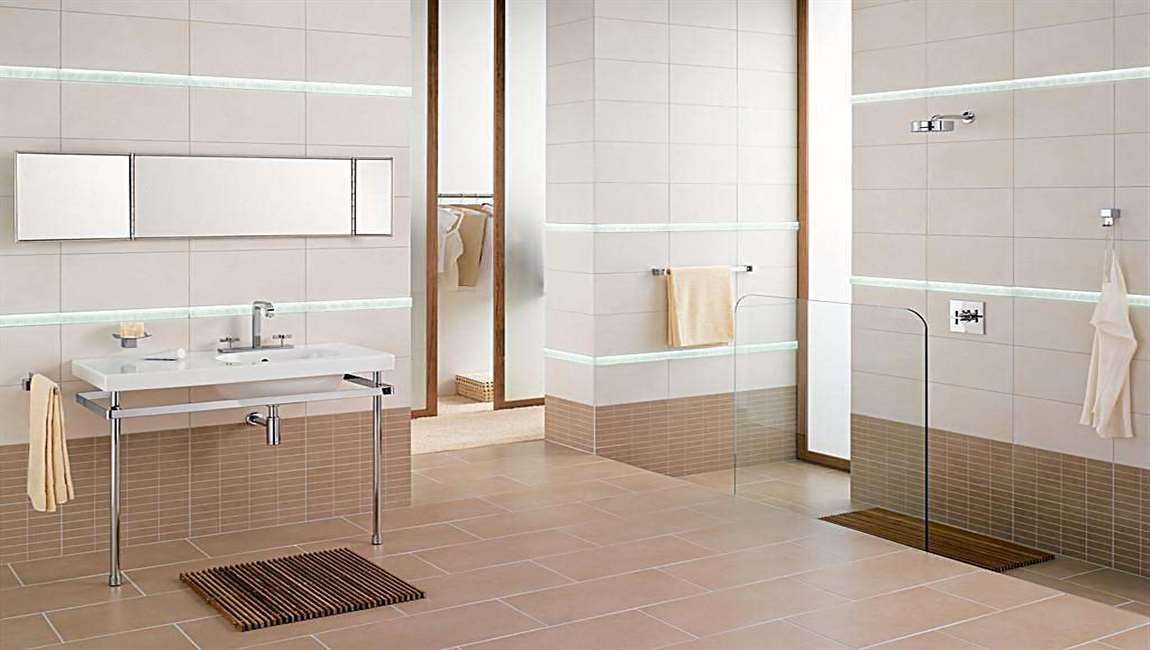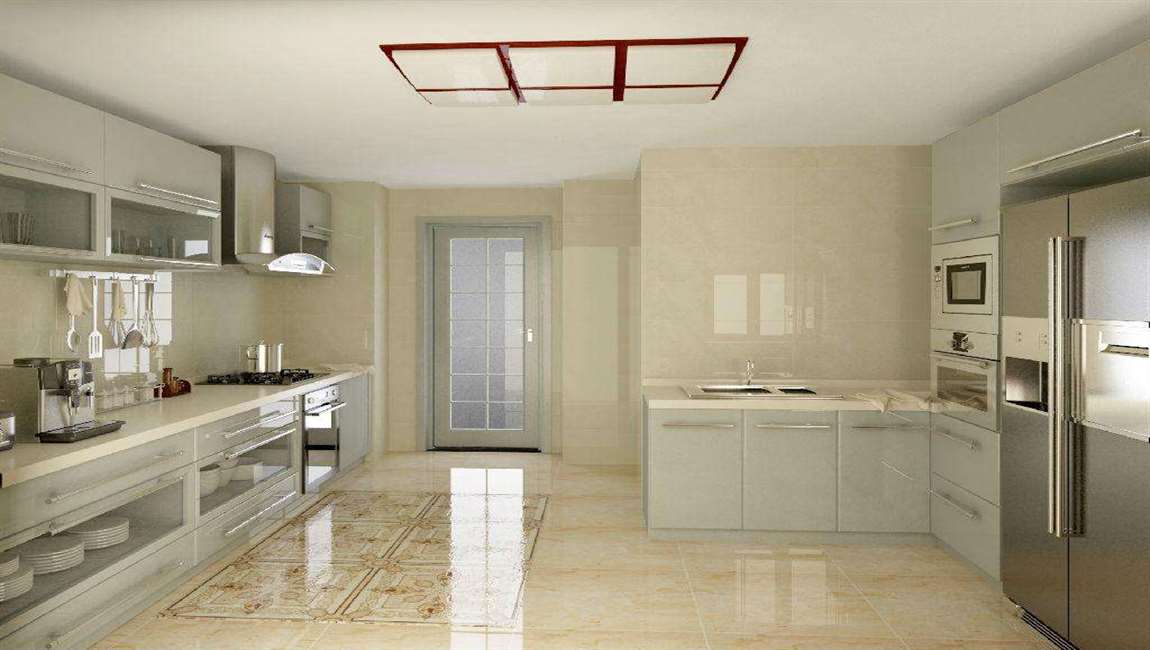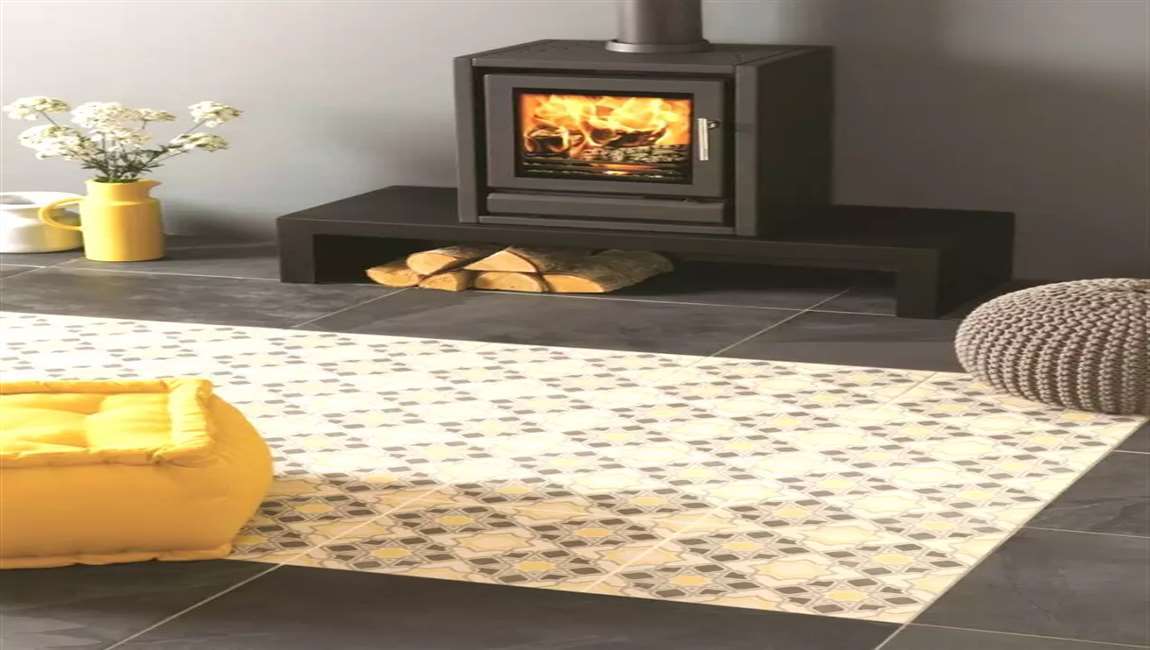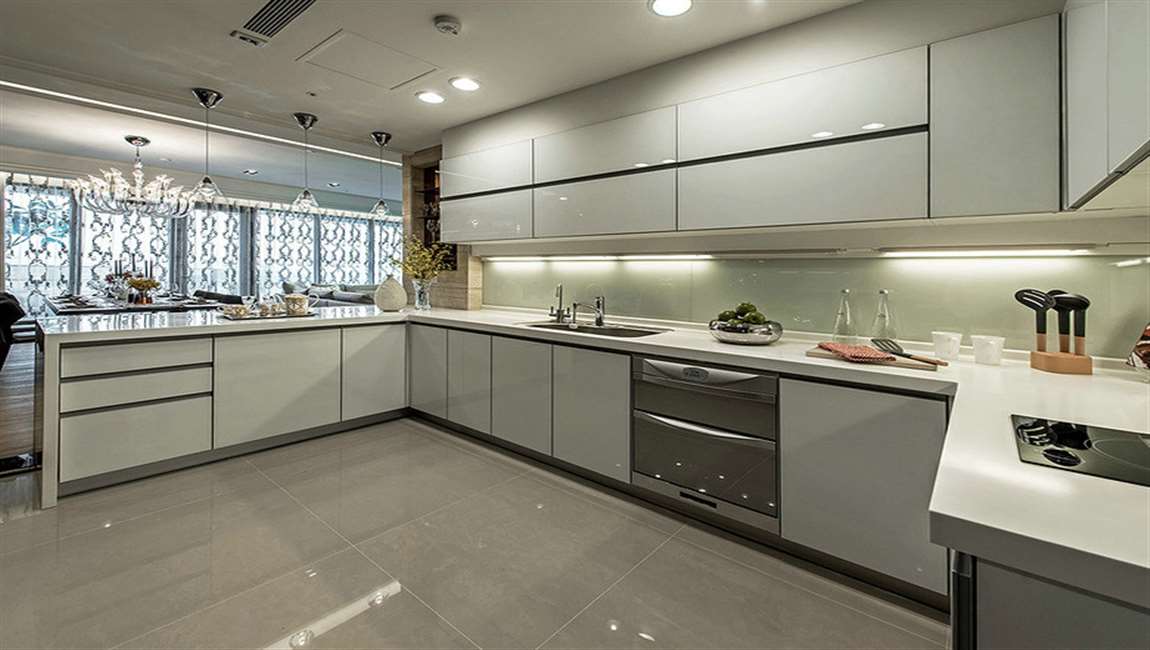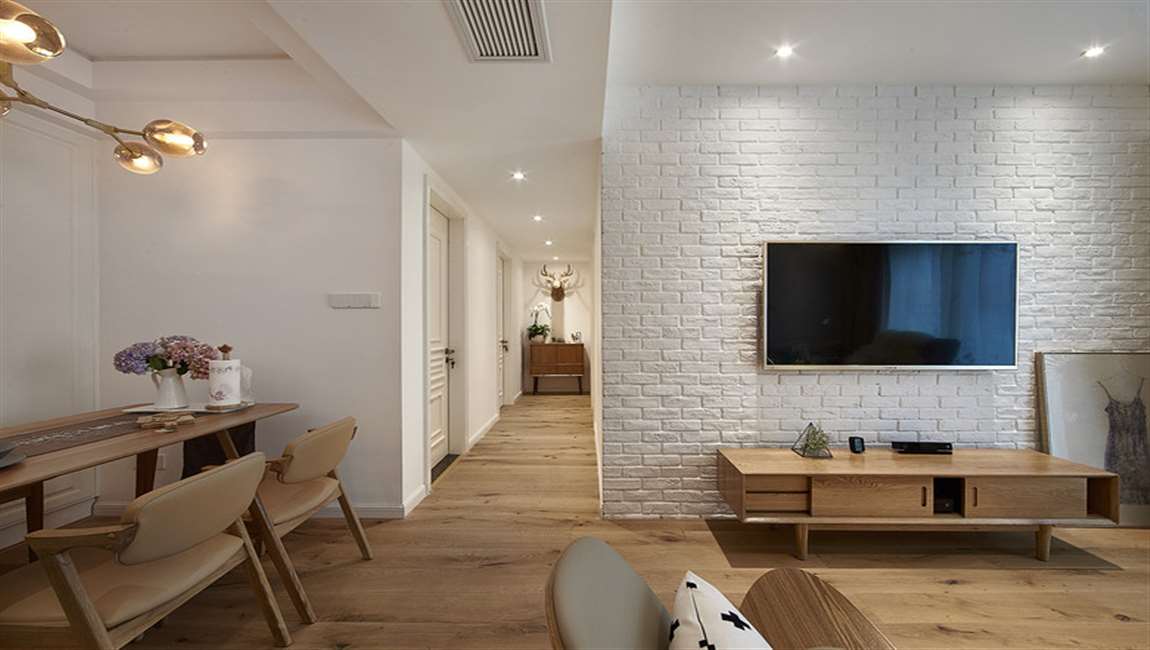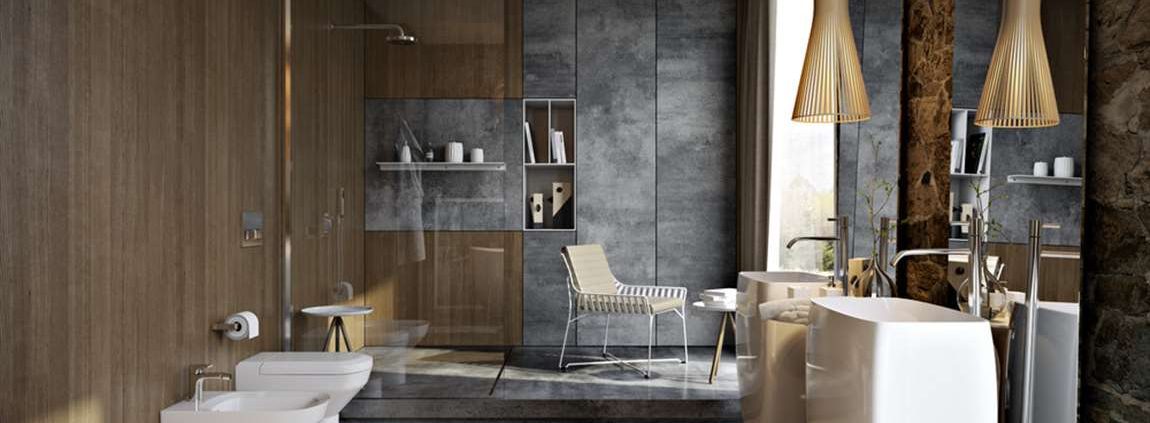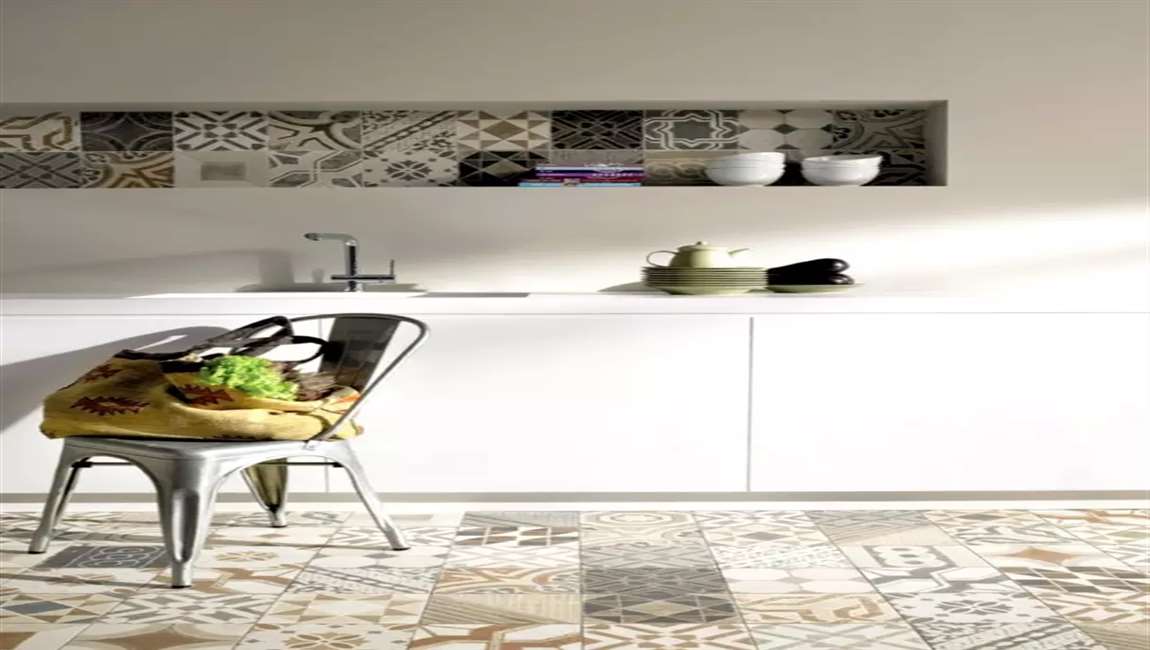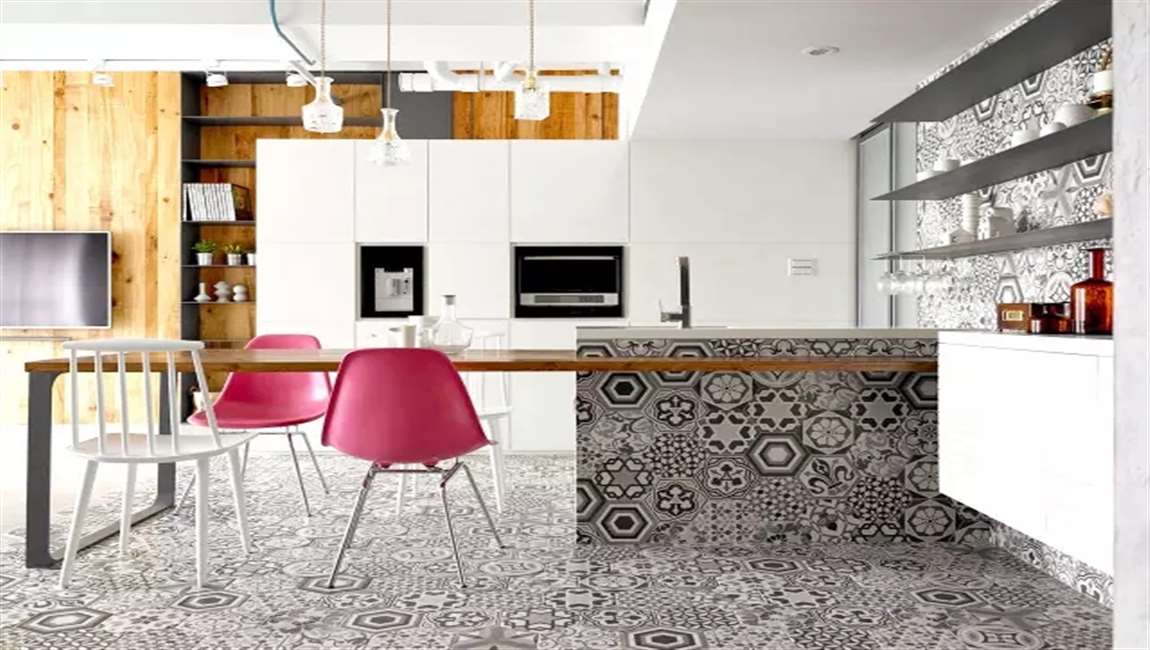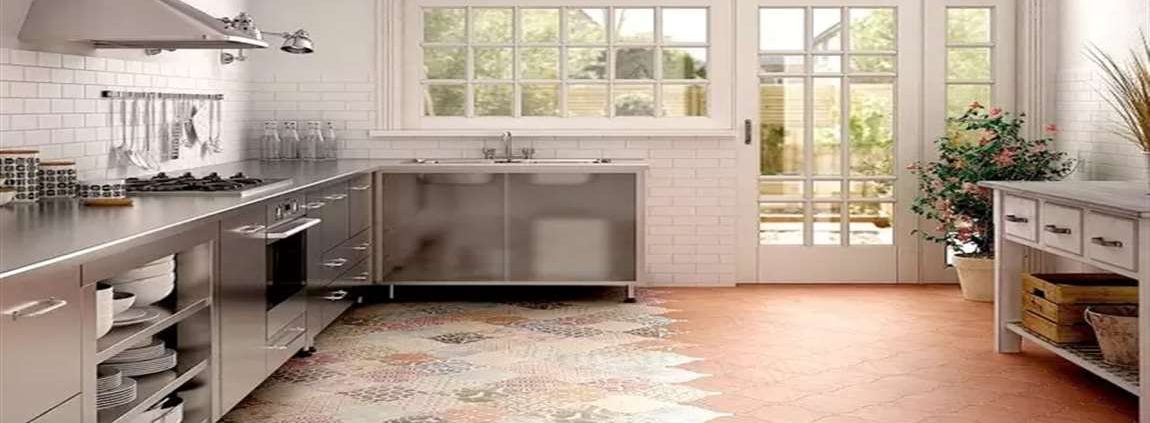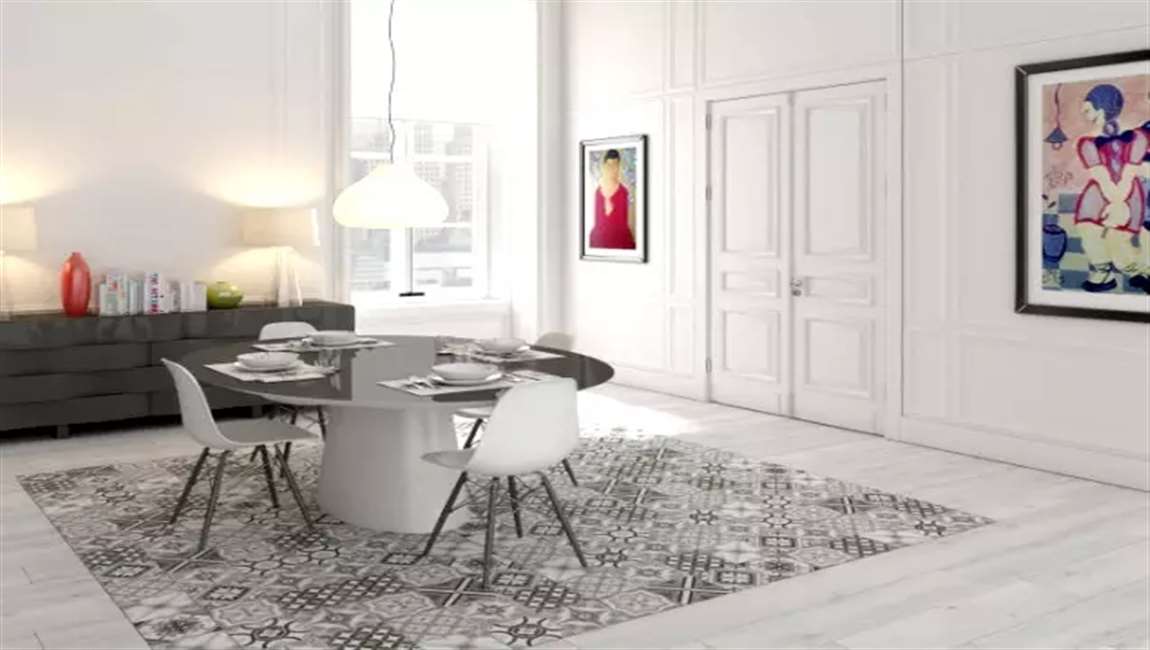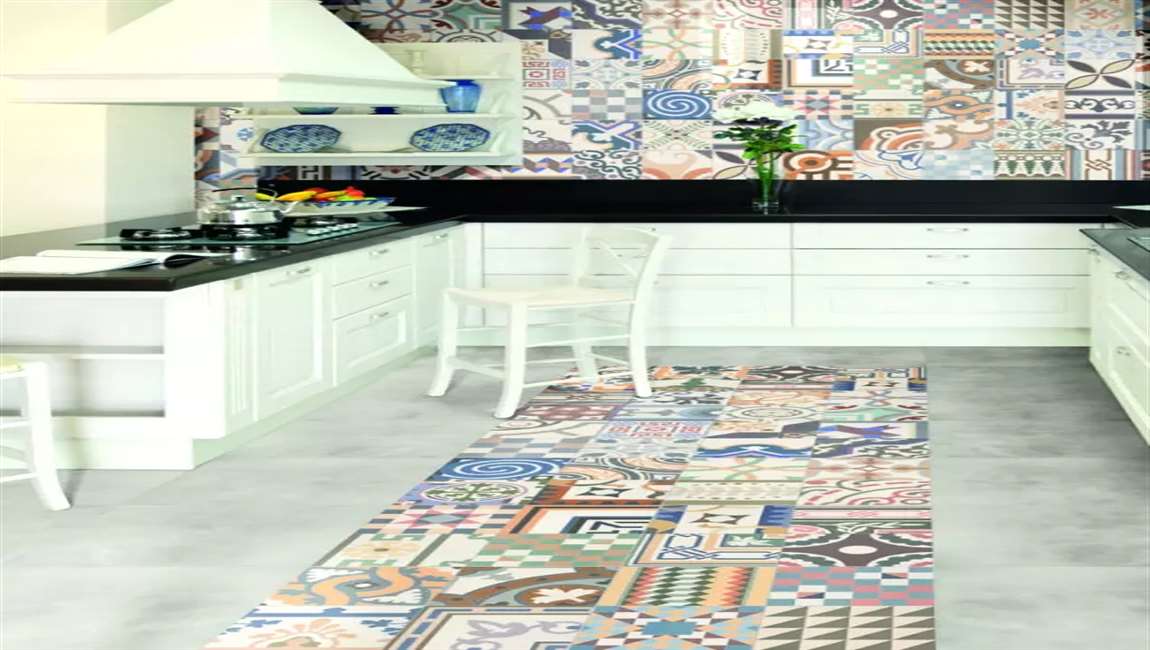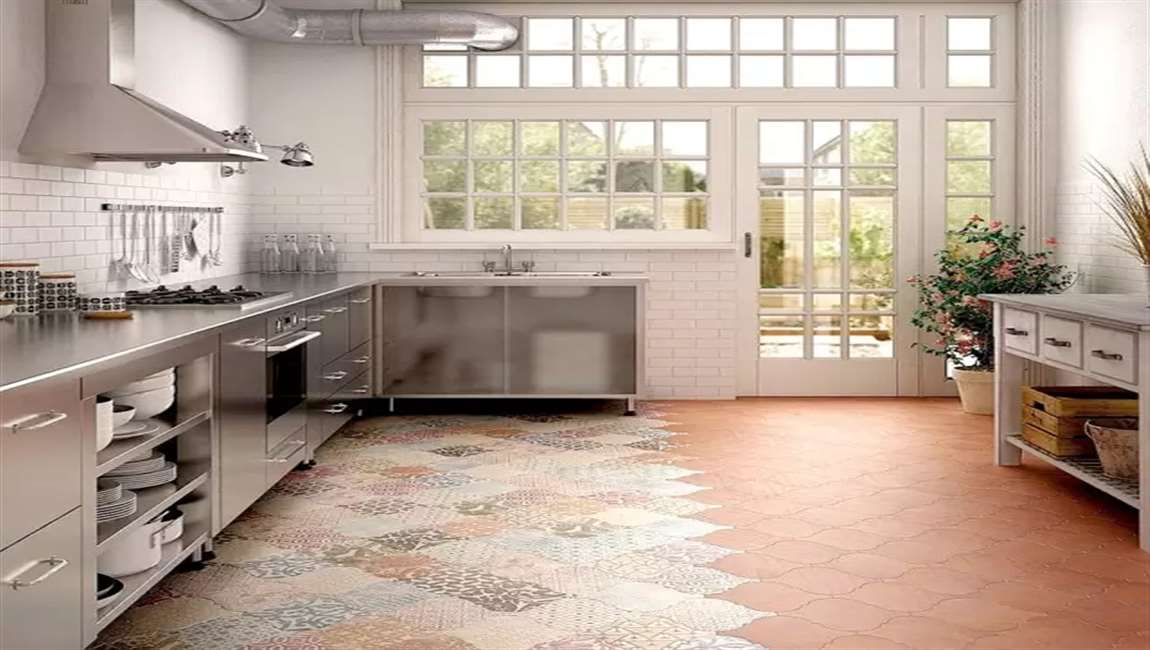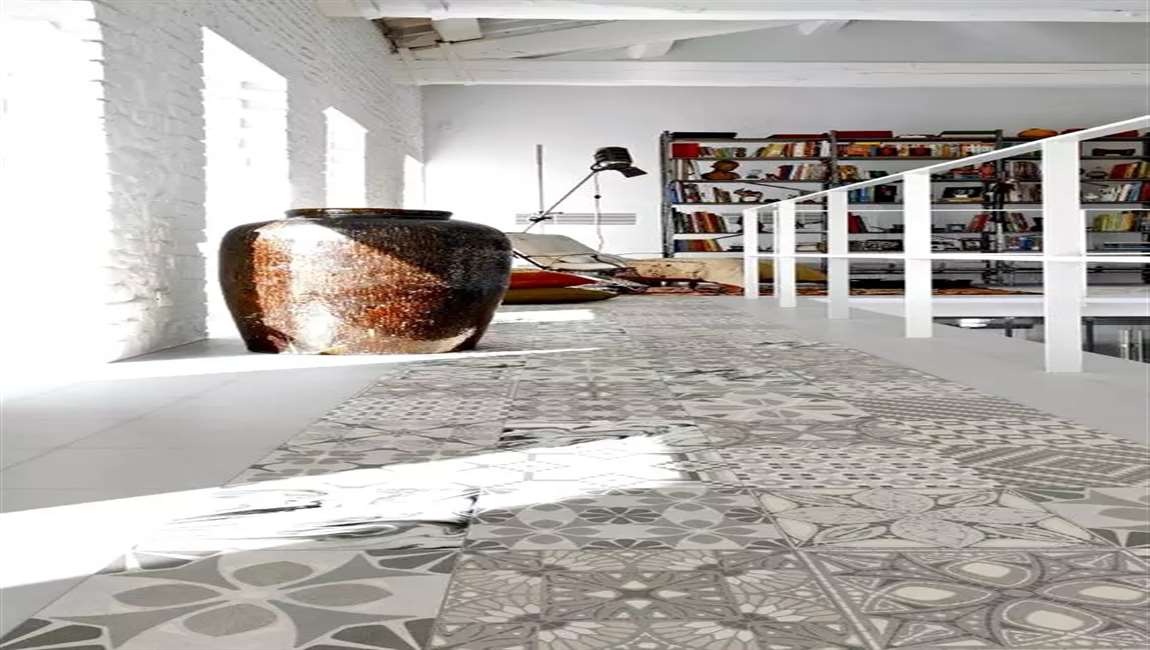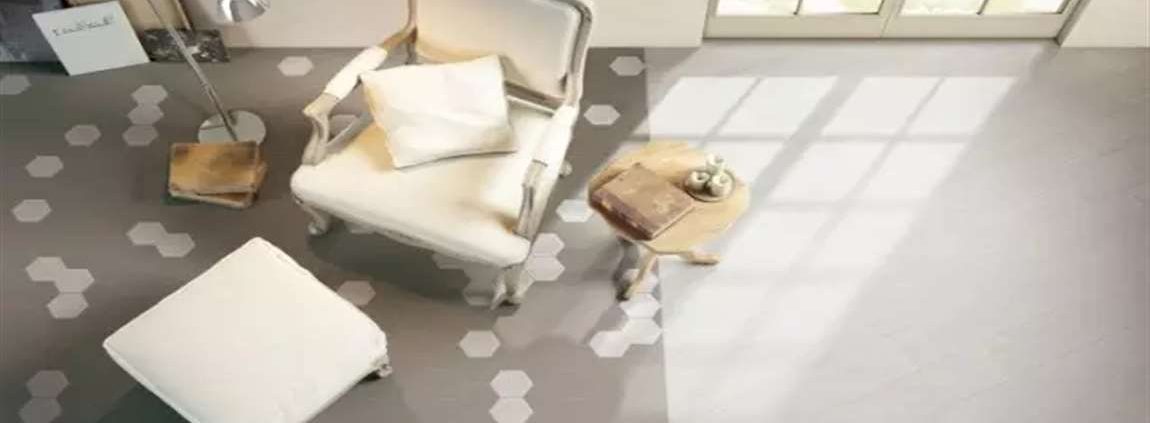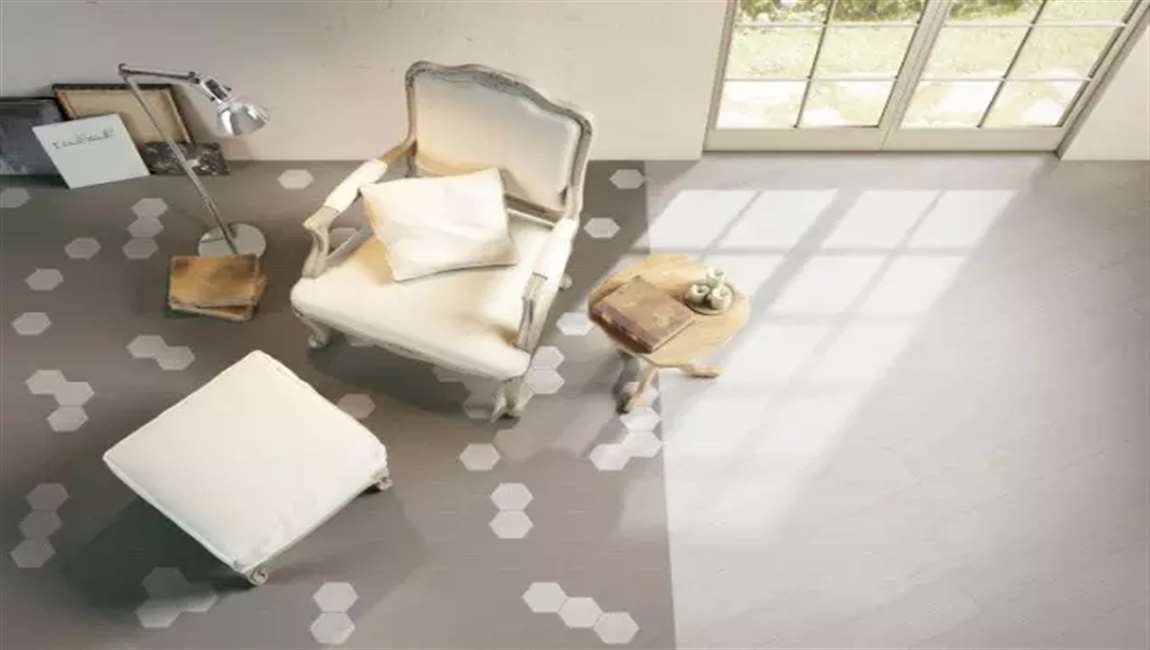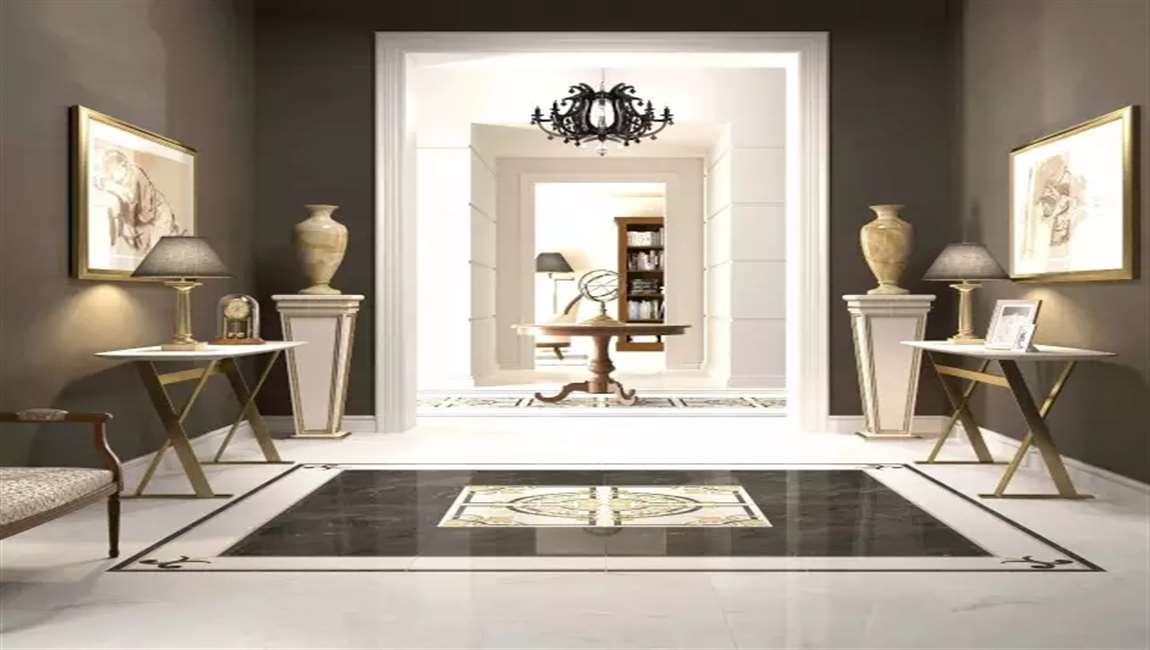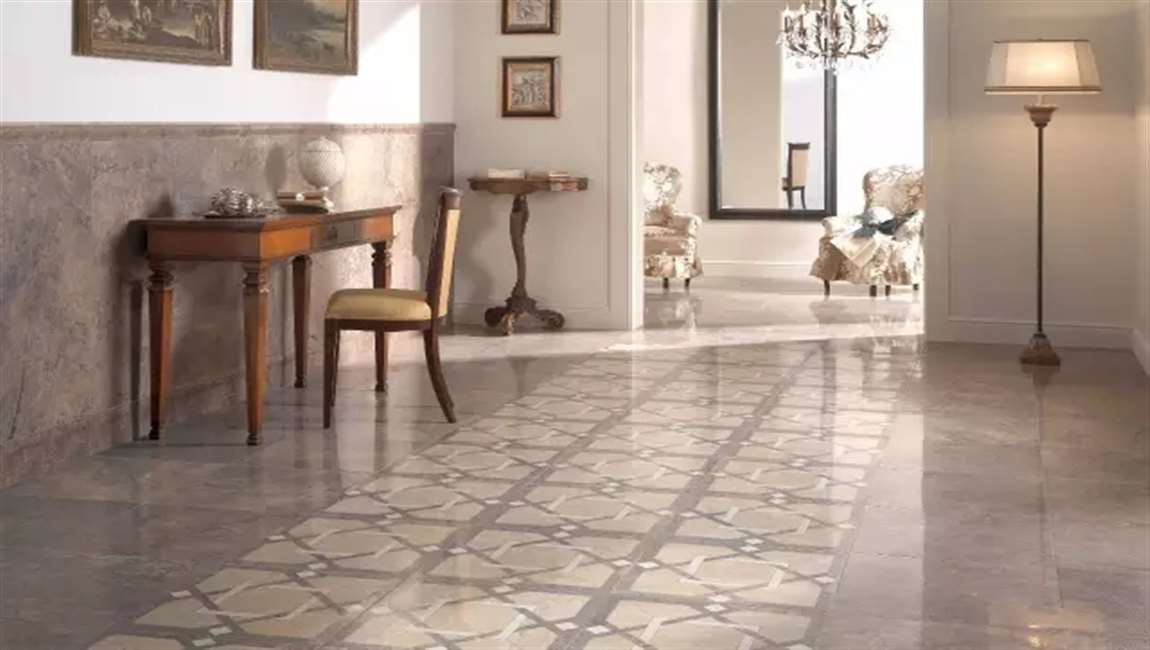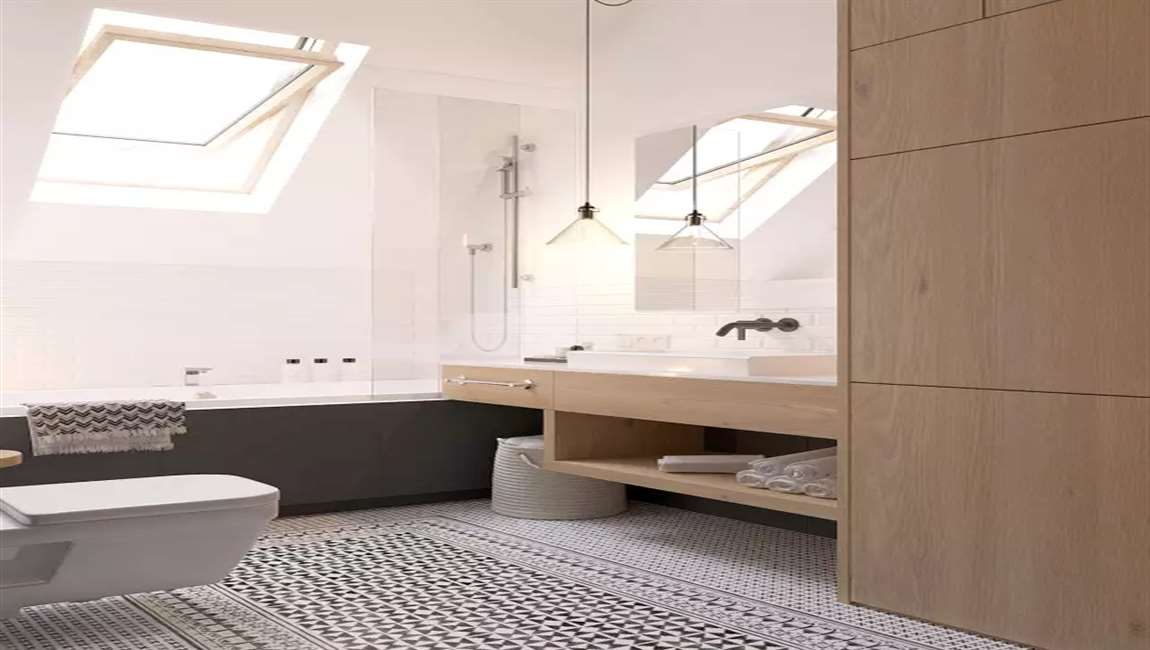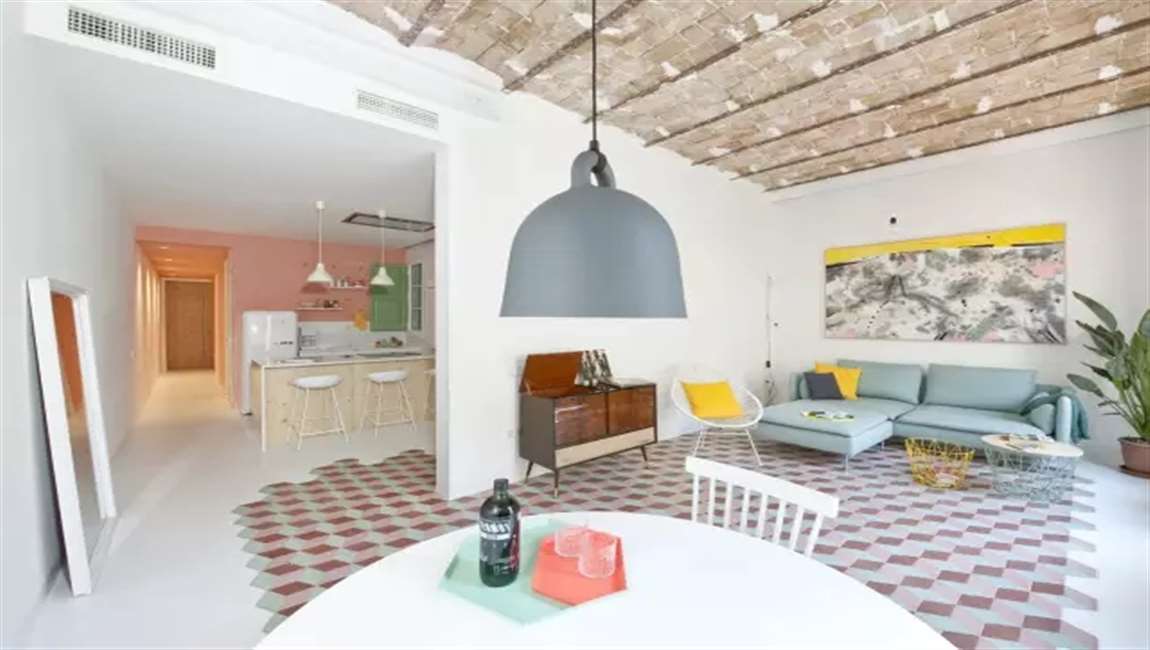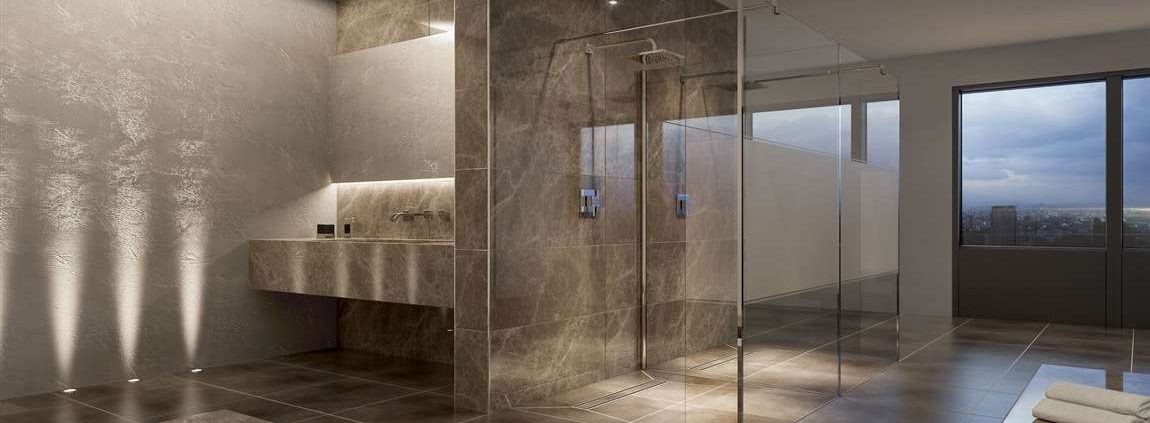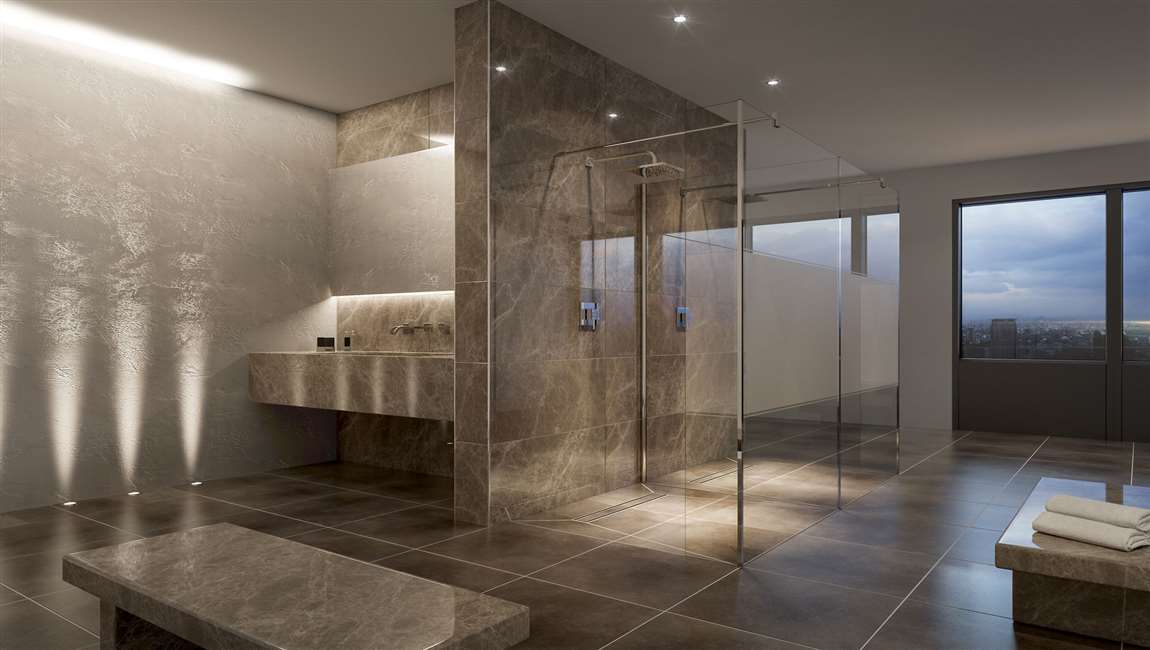What Should We Do When Finishing the Backsplash?
Smear tiling grout diagonally over the spots tiles. Use a grout float to scoop up some tile grout and begin smearing it over the tiles. Move the float diagonally, so as to push the grout into all of the spaces between your cement tiles. Work across the entire backsplash until all of the gaps between wall marble tiles are filled with grout. Don’t worry about grout that covers or muddies the look of your tiles. Grout on the common marble tiles will easily wash away, where the grout between should set in place.
Grout should be available from your local hardware store, either premixed or as a powder. Follow the instructions on the powdered grout to hydrate it, generally by pouring it into a clean bucket and adding water until it reaches the consistency of mashed potatoes or peanut butter. Grout floats are tools designed specifically for spreading grout and should be available from your local hardware store.
Wipe away the excess grout after 10 minutes. Once you’ve applied grout all over the backsplash, allow it to dry for 10 minutes in order to begin solidifying. Slightly dampen a sponge and wring out as much water as you can. Working in diagonal strokes, wipe away the grout sitting on the face of the tiles. Clean the sponge regularly as you go to prevent grout from spreading over the bathroom tiles.
Try and avoid pulling the grout out of the space between kitchen tiles as you work. You only need to wipe away the grout from the face of your tiles before it completely solidifies. Let the grout dry for a further 45 minutes. As with the mastic, the grout will need more time to set up and solidify completely. Leave it for 45 minutes to an hour to completely set up, avoiding touching the tiles or grout while it dries.
If you notice any clumps of grout that have built up in the corners or along the edges of your backsplash, remove them at this point. If they don’t wipe away with a sponge, use a utility knife to scrape them up and discard of them.
Line the edges of your backsplash with caulk. Caulk is a sealant that will help stop water or moisture from getting behind your fashion impression tiles and damaging the mastic. Use a caulk gun or caulk pen to trace around all edges of your backsplash, sealing the tiles completely. Run a wet finger over the caulk to smooth it, before leaving it to dry. Use a caulk that matches with the color of the grout to prevent it from standing out.








